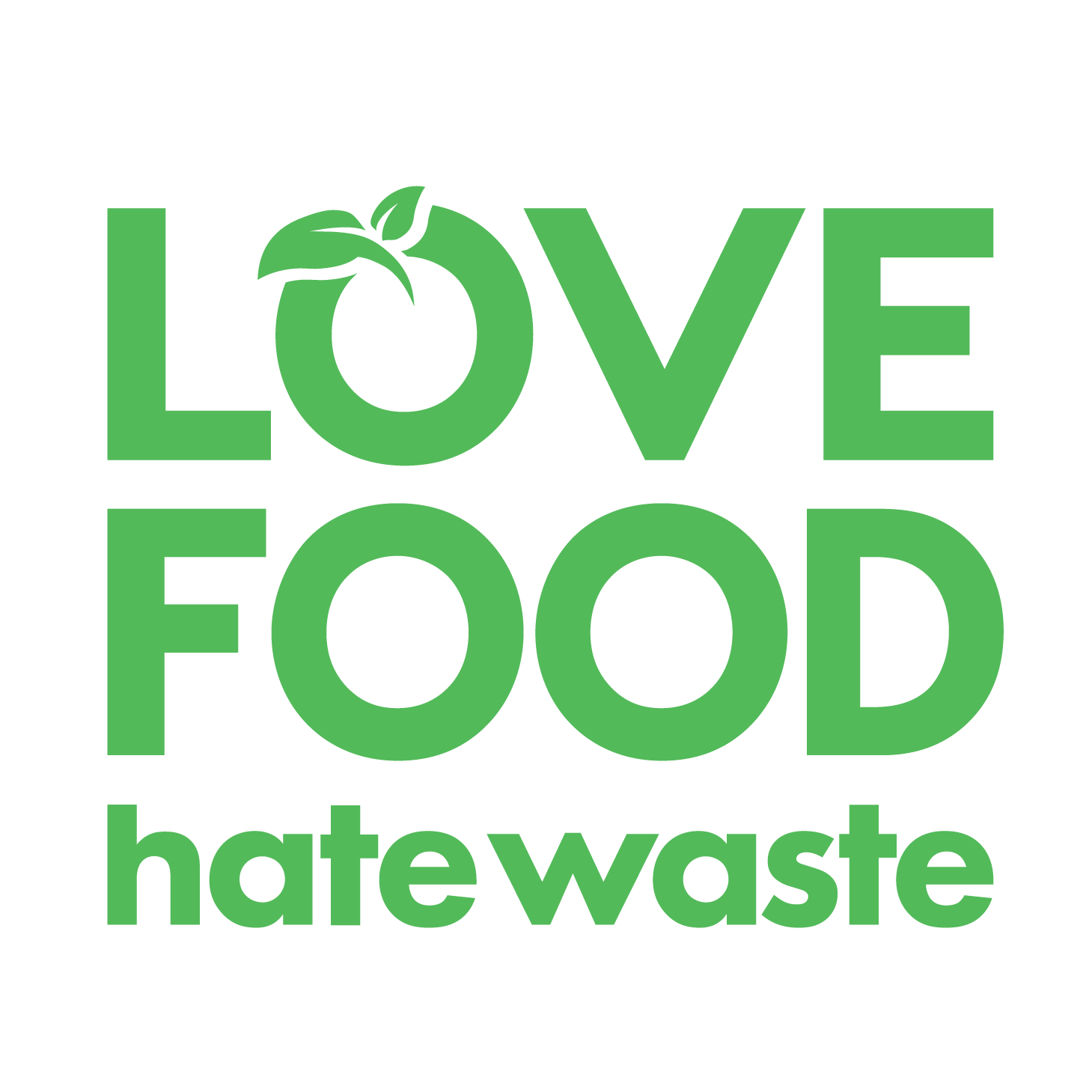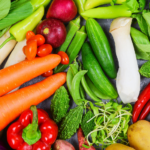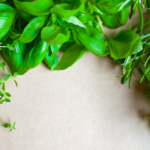5 Canadian Veggies That Are Good for Your Budget and Reducing Waste
This Earth Month, let’s celebrate Canadian-grown foods that help reduce food waste, save money, and support local farmers. Now’s a great time to embrace hardy, locally grown vegetables like onions, potatoes, carrots, beets, and cabbage; they’re affordable, long-lasting, and incredibly versatile. Here’s how to make the most of these five powerhouse veggies when you bring them home.
Carrots are one of the most budget-friendly vegetables and can last for weeks in the fridge. Don’t be daunted if they become limp, slightly shriveled or if you’re baby peeled carrots get dry white patches, they’re still perfectly edible. Try using a food processor to shred any sized carrots then add to soups, salads, smoothies, quick pickles, or even cake.
💡 Storage Tips:
- Keep carrots in a perforated bag in the high humidity drawer of the fridge.
- If they get soft, soak them in cold water for 30 minutes to crisp them up.
- If baby peeled carrots look dry, add a little water to keep them hydrated and use within 4–5 days.
💡 Get Cooking: 5 Ways with Carrots
Bonus: Don’t toss the carrot tops—use them to make https://lovefoodhatewaste.ca/recipes/bob-blumers-pesto/!
Onions are one of the most widely used vegetables in the world, bringing bold flavour to everything from stir-fries to soups and curries. At this time of year, onions may begin to sprout if kept too warm. If you do notice sprouts, use your onions as quickly as you can and enjoy the greens like you would green onions.
💡 Storage Tips:
- Keep onions in a cool, dry, dark place, away from potatoes (they make each other spoil faster).
- Remove any sprouted onions from the bag and use soon. If the onion feels too soft, remove the outer layers and plant the remaining onion in a pot. It will grow lovely green onion tops and if conditions are right, may even produce a new onion.
💡 Get Cooking: 5 Ways with Onions
Did you know that potatoes are Canada’s most consumed vegetable—but also one of the most wasted? Every day, 2.6 million potatoes end up in the trash. The good news? Storing them properly and buying only what you need can help cut down on waste and save money.
💡 Storage Tips:
- Store potatoes in a cool (7°C/44°F), dark, and dry place, away from onions.
- Don’t keep potatoes in the fridge. The cold will turn the starch in potatoes to sugars and can cause a grainy texture and off-flavours.
- If potatoes start sprouting, remove the sprouts and enjoy as always.
- If there is any green on potatoes (caused by too much light exposure) cut it away. The rest of the potato is safe to eat.
💡 Get Cooking: 5 Ways with Potatoes
Beets are a vibrant and nutrient-dense vegetable that often gets overlooked. But they’re incredibly versatile—delicious raw, roasted, pickled, puréed, or blended into soups and dips. Their natural sweetness intensifies when roasted, making them a flavourful addition to salads, grain bowls, and even desserts like chocolate beet cake! Try cooking and puréeing them to add intense colour and an earthy flavour to spreads like hummus, sauces, or even pasta dough.
💡 Storage Tips:
- Trim the greens before storing to prevent moisture loss.
- Store beet roots in a perforated plastic or paper bag in the high humidity drawer of the fridge for 2-4 weeks.
- Keep the greens in a paper towel-lined bag in the fridge and use within a few days.
💡 Get Cooking: Try beets in Spicy Root Vegetable Soup or Creamy Roasted Vegetable Dip
Bonus: Don’t toss the beet tops! Try 5 Ways to Use Beet Greens for inspiration.
Cabbage is an affordable, nutritious, and versatile vegetable that can be transformed simply by how you cut and cook it. Shred it for coleslaw, stir-fries, or ferments like Kimchi. Cut it into thick wedges and pan-fry or roast for a hearty dish. Chop it into bite-sized pieces for soups, stews, or sautéed side dishes.
💡 Storage Tips:
- Store whole cabbage in a perforated or loosely wrapped plastic bag in the high humidity drawer of the fridge for several weeks.
- Once cut, store cabbage in an airtight container or bag in the crisper drawer and use within a week.
💡 Get Cooking: 5 Ways with Cabbage
It’s a good time to buy local produce and ensure we make the most of it – as we like to say “We love Canadian food and hate Canadian food waste”!
What are your favourite ways to enjoy these five humble Canadian vegetables? Let us know—we’re always curious to hear how you’re loving your produce!


